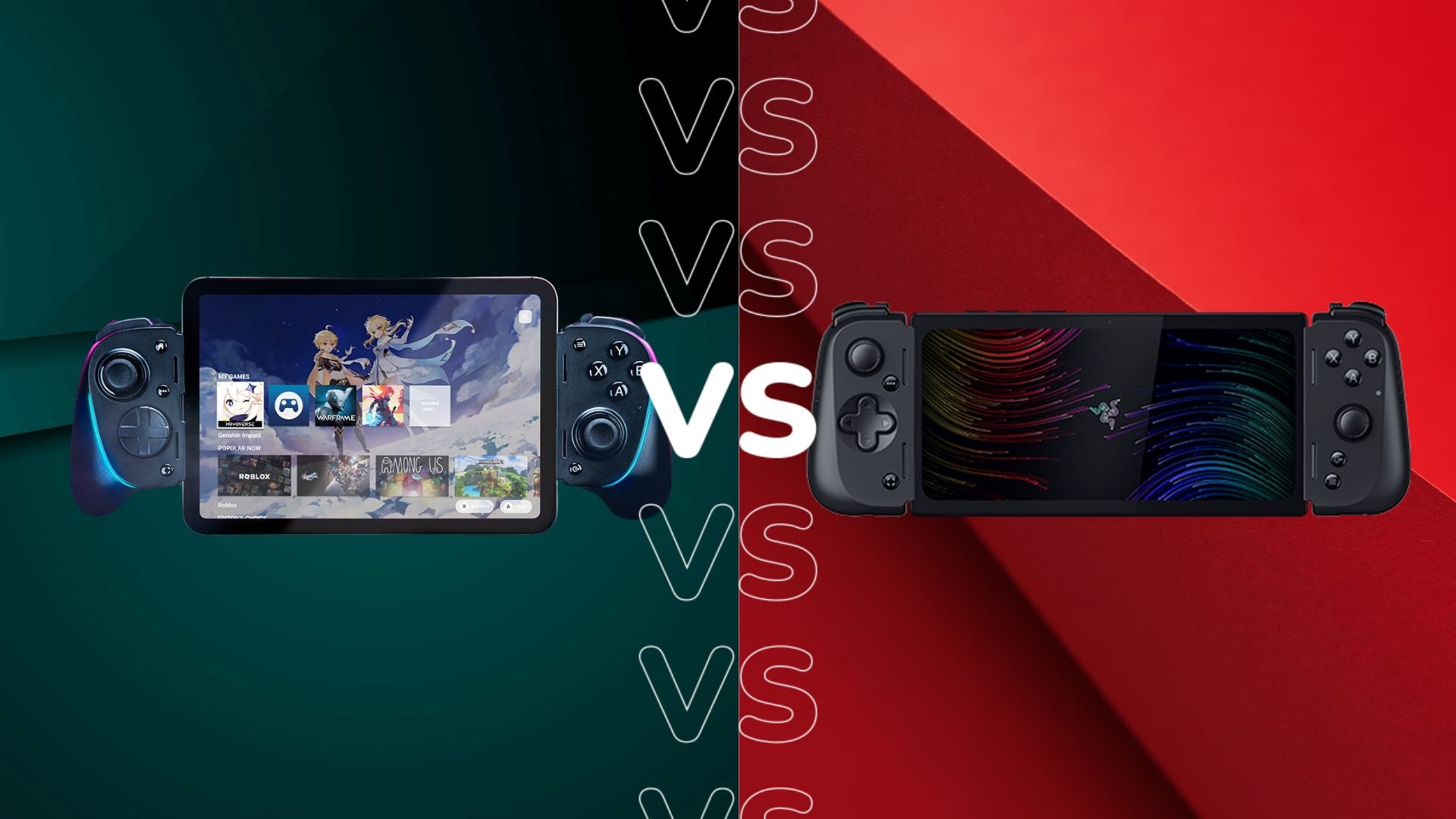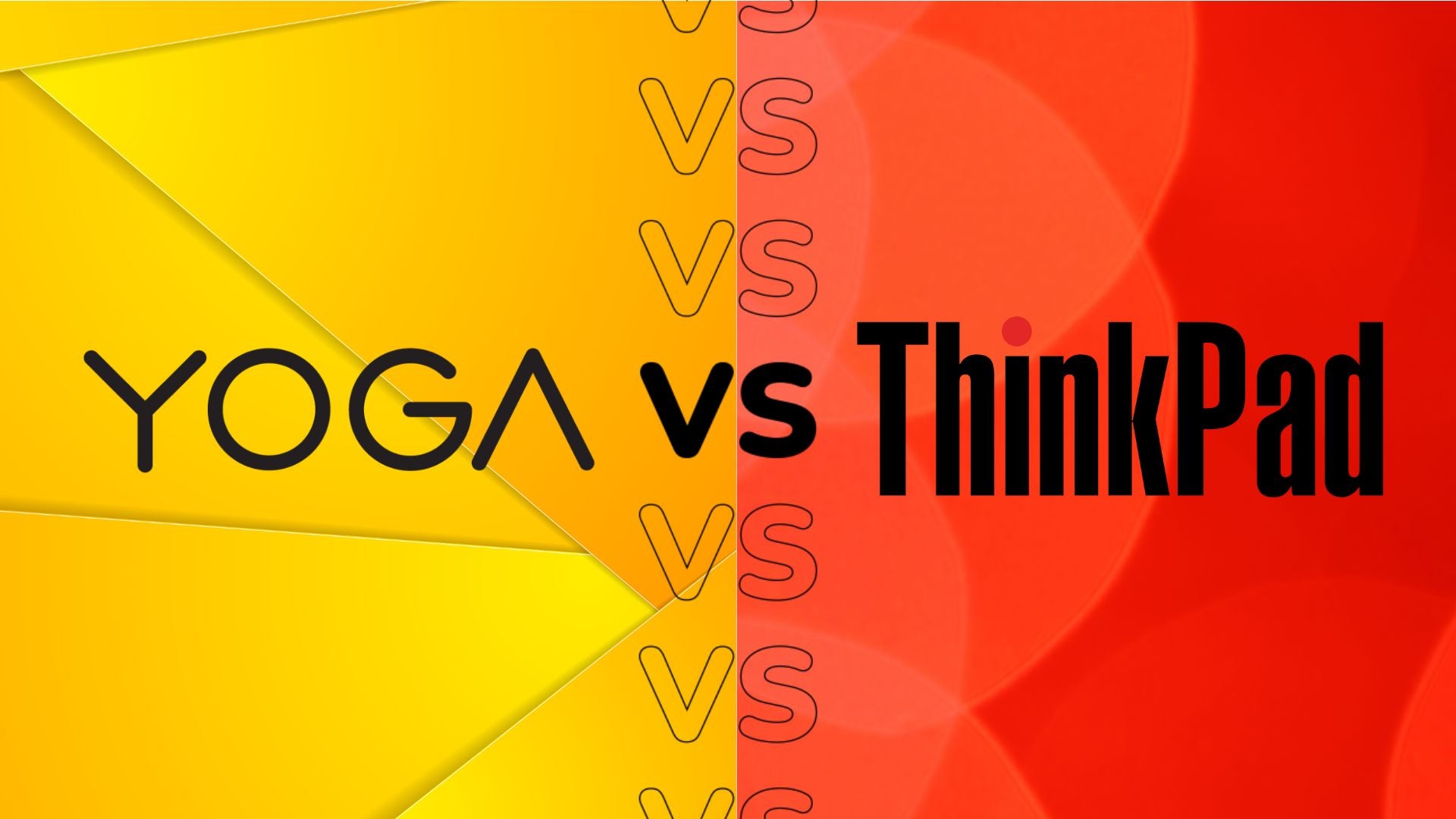Xiaomi 12 Pro vs iPhone 13 Pro: Which is more Pro?
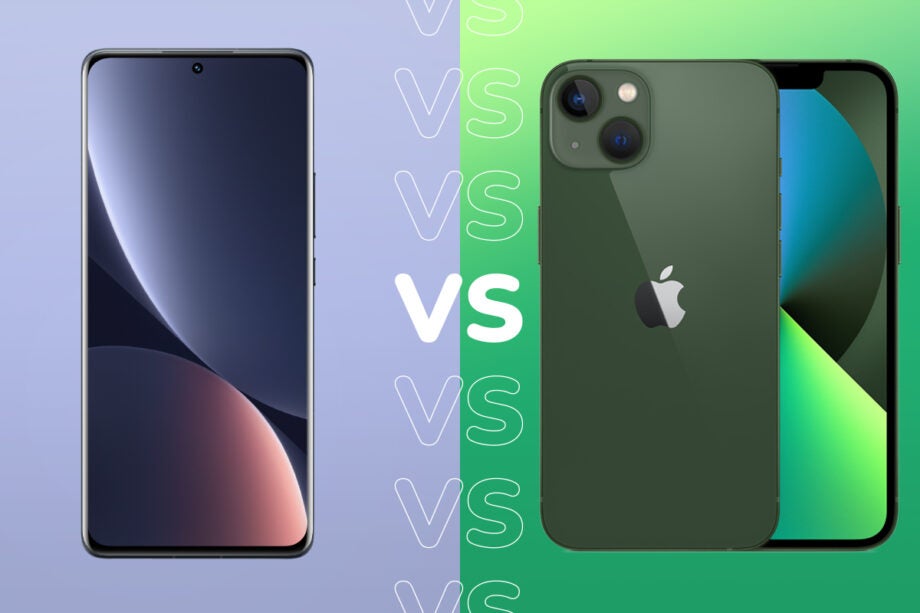
With the release of the latest Xiaomi 12 Pro, is it time to question if the iPhone 13 Pro is about to get kicked off its throne?
Xiaomi officially announced the flagship Xiaomi 12 Pro, finally bringing the new Xiaomi 12 Series of phones into the public eye.
But since Xiaomi is bringing out its own flagship Pro handset, how does it match up against the king of smartphones?
So what are the chances that the Xiaomi 12 Pro will stack up against the iPhone 13 Pro? To find out how each phone compares and what they both look like on paper, keep reading.
Also, make sure to check back with Trusted Reviews later for our definitive verdict on which is better. This article is based on our brief amount of time using the Xiaomi 12 Pro, which, unlike the iPhone 13 Pro is yet to be fully reviewed by our team of product experts.
Pricing and availability
Starting out with what’s old, the iPhone 13 Pro came out in October last year and is widely available to buy in most countries, including the UK and US.
There are multiple choices when it comes to pricing here, but you can see a breakdown just below:
- 128GB storage and 6GB RAM for £949/$999/€1,159
- 256GB storage and 6GB RAM for £1,049/$1,099/€1,279
- 512GB storage and 6GB RAM for £1,249/$1,299/€1,509
- 1TB storage and 6GB RAM for £1,449/$1,499/€1,739
Moving onto the Xiaomi 12 Pro, it will launch in April, with more information on the pricing and availability coming in the next few weeks. However, we do know that the Xiaomi 12 Pro will come in two variants, listed below:
- 128GB storage and 8GB RAM starting at $999
- 256GB storage and 12GB RAM
We will be sure to update this article when we know the full pricing as well as the UK and European pricing.
Design and display
The Xiaomi 12 Pro has a 6.73-inch AMOLED display that has a 120Hz adaptive refresh rate. The display is made of Corning Gorilla Glass Victus and has a 16,000 level brightness adjustment, according to the company. We’re not quite sure what that metric refers to, but we’ve reached out to Xiaomi to find out.
Moreover, Xiaomi claims that the 12 Pro can reach a peak brightness of 1,500 nits and a contrast ratio of 8,000,000:1, with a resolution of 3200×1440. That’s well above the max brightness on most phones. In general we find most handsets struggle to break past 600 nits. The 1,500 figure also will be a max brightness that only activates when you do things like play HDR content on the phone. If it ran at that level all the time it’d damage its users eyes.
In terms of design, you can get the Xiaomi 12 Pro in Gray, Purple and Blue. The phone has a camera set up on the back and a sleek one colour panel.
Looking over at the iPhone, the 13 Pro has a 6.1-inch Super Retina XDR display with ProMotion. ProMotion is Apple’s version of adaptive refresh rate, with the refresh rate going as high as 120Hz when you’re scrolling through apps or watching media, and dropping as low as 10Hz when you’re engaging in less intensive tasks. We found the tech is one of the best on the market using the iPhone 13 Pro with it visibly changing its refresh rate on a per application basis during testing.
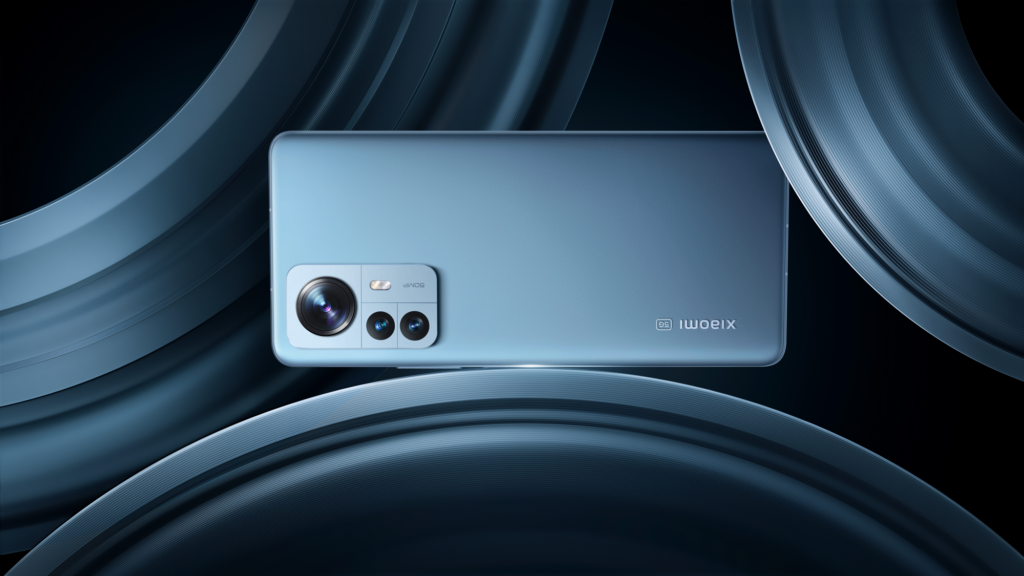
The display is OLED and had a resolution of 2532×1170, with a contrast ratio of 2,000,000:1 and a peak brightness of 1,200 nits.
Comparing the specs of each display, the Xiaomi 12 Pro is a larger phone with an AMOLED display, which should provide a faster refresh rate, however, the iPhone 13 Pro OLED display, and impressive contrast ratio, should offer deeper blacks and more vibrant colours.
The iPhone 13 Pro has a very similar design to most iPhones that have come before it, with stainless steel sides and a large camera module on the back.
The iPhone 13 Pro launched in four colours, including Graphite, Silver, Gold and Sierra Blue, though you can now pre-order the new Alpine Green colour option.
Camera
The Xiaomi 12 Pro has a triple camera set up on the back, featuring a 50-megapixel wide-angle camera that’s capable of 8K recording, with an aperture of f/1.9. There is a 50MP ultra-wide-angle camera with a 115-degree field of view and an aperture of f/2.2, and a 50MP telephoto camera with an f/1.9 aperture.
Xiaomi has packed in a couple of camera features, including Night Mode, HDR recording and Xiaomi ProFocus and Motion Capture. There is also a selfie camera, at 32MP, with AI portrait video and HDR 10+ recording supported.
Looking at the iPhone 13 Pro, there are three cameras, including wide, ultra-wide and telephoto, all at 12MP. There is support for 3x optical zoom in, 2x optical zoom out and 6x optical zoom range.
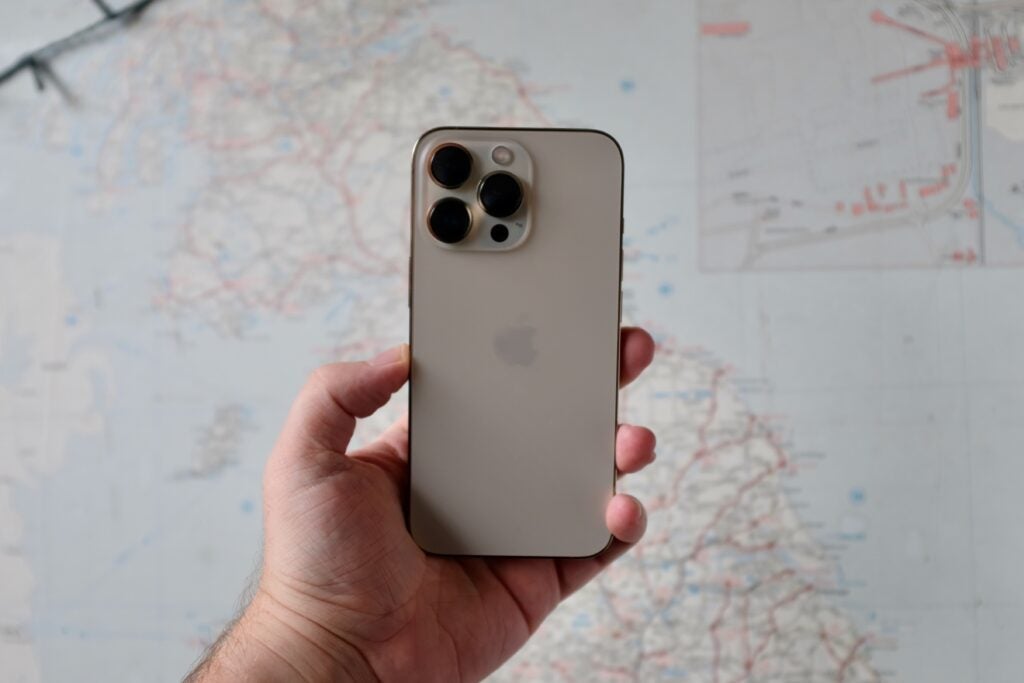
Night Mode is supported on all cameras, with Cinematic Mode for recording videos offering up 4K at 24/25/30/60fsp. HDR video recording with Dolby Vision is also supported up to 4K at 60fps. The iPhone 13 Pro has a front camera at 12MP too.
Comparing each camera, the iPhone 13 Pro has more features and can record video at a higher quality than the Xiaomi 12 Pro. However, the 12 Pro has a higher megapixel count in each camera when compared to the iPhone, which should provide more detail and the ability to profit larger shots, due to the extra megapixels, if the camera’s processing and pixel binning is up to scratch. Though until we get to more thoroughly compare the two phones in a like-for-like camera test we can’t confirm which is actually better.
Specs and features
Xiaomi went all out with its new 12 Series of phones, packing the Snapdragon 8 Gen 1 processor, which has been made on a 4nm node and uses ARM V9 architecture.
It runs on Android 12 and uses Qualcomm Adreno, with LPDDR5 RAM and LiquidCool technology.
The Xiaomi handset does offer fewer storage variations, at 128GB and 256GB, but it includes a lot more RAM than Apple, at 8GB and 12GB. The iPhone 13 Pro can go as high as 1TB of storage, however, it keeps the RAM capped at 6GB, which is a little disappointing considering how high the storage can go.
Furthermore, the iPhone 13 Pro features the Apple Silicon A15 Bionic chipset, which has a six-core CPU, five-core GPU and a 16-core neural engine for AI tasks.
The 13 Pro also runs on iOS 15, which is the most recent iOS from Apple.
Specifications table
You can check out the full specs breakdown between each handset just below.
Early veridict
It’s still early doors but it looks like these phones are pretty evenly matched. While the Xiaomi 12 Pro has more RAM options and more megapixels in each camera, the iPhone offers more storage and comes with a lot more camera features and more impressive recording options.
Overall, your preference for Apple or Android will also have an impact on which phone is right for you, and that should be taken into account if you’re on the hunt for a new handset.
Be sure to check back with Trusted Reviews, as we’ll be giving you all the updates on the latest Xiaomi 12 Series release.






